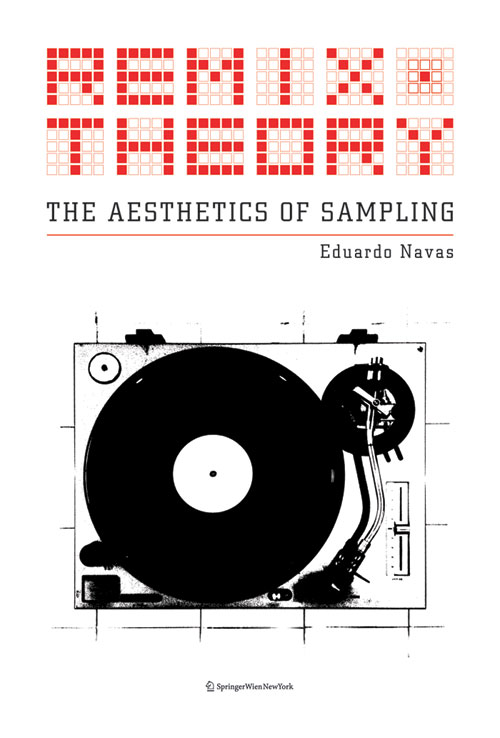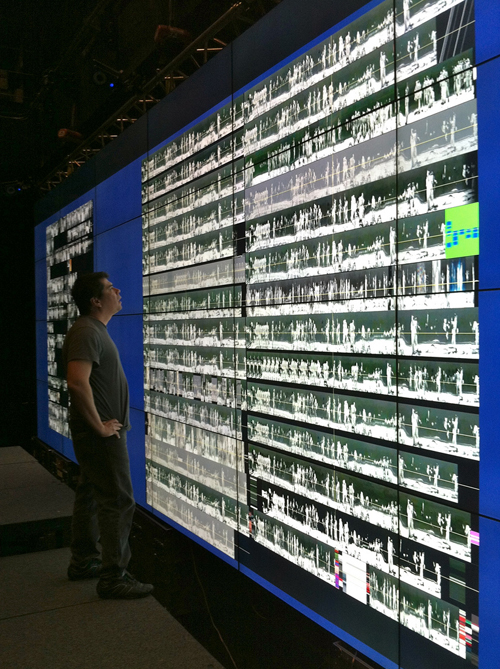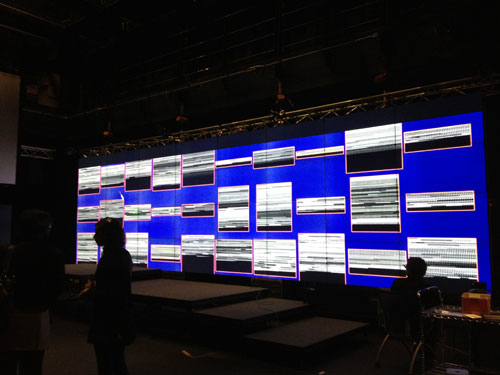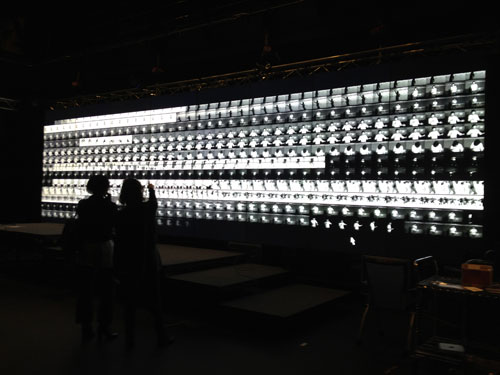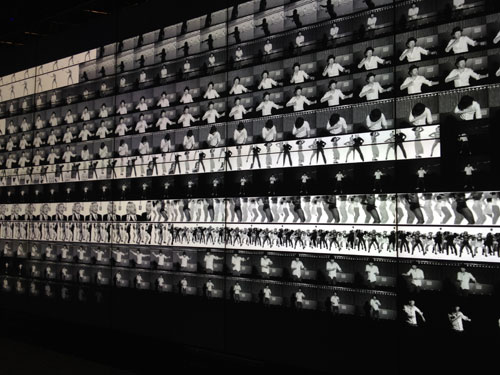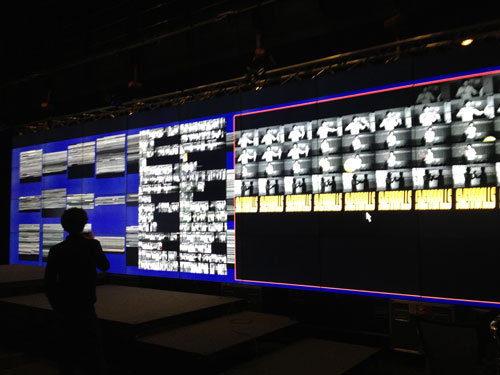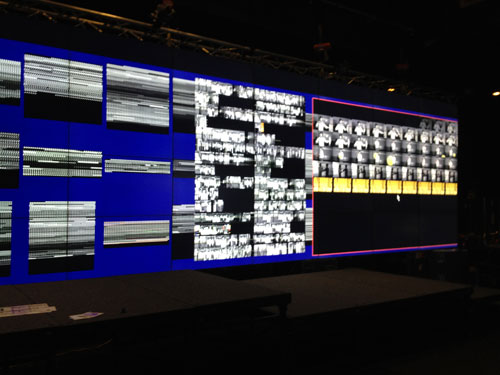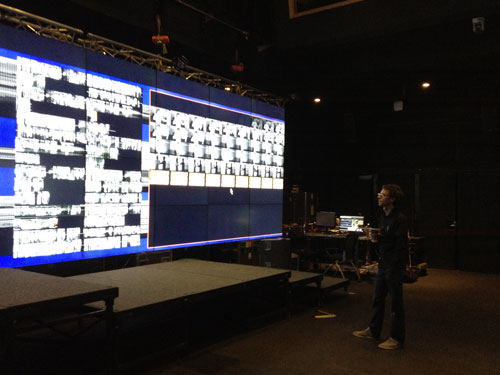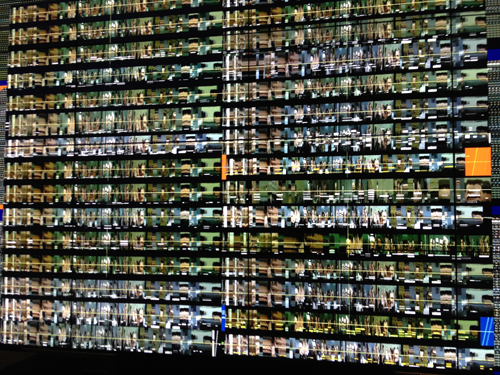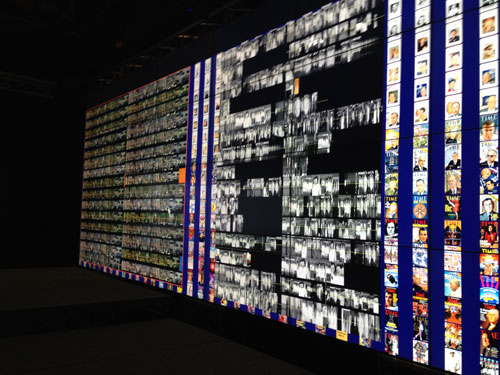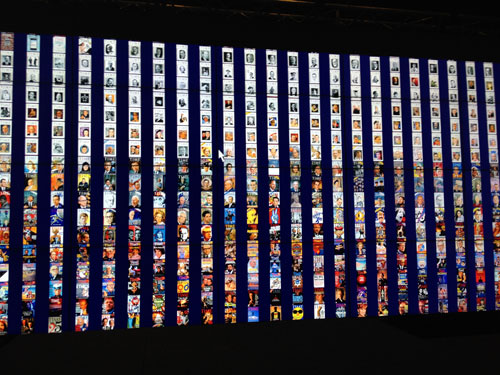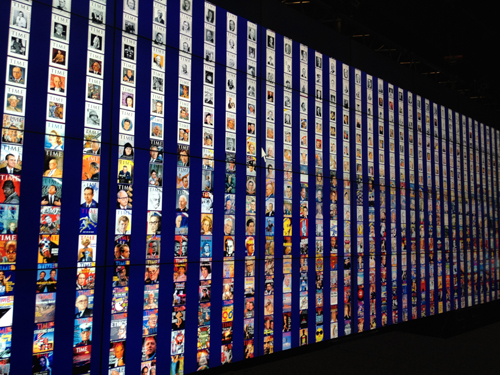Early Updates on Facebook: How the “is” Became a State of Mind, by Eduardo Navas

Image: inversion Facebook’s front page.
Digging through my archives, I found the list of my early updates on Facebook. When I joined Facebook back in 2008, personal updates read “What are you doing?” prompted with “Your Name is … ” I liked the idea behind positioning the Facebook user in a constant state of action. It was like a performance online. Because of this set up, I found myself always thinking of what I was actually doing at the moment that I entered Facebook, and thought of creative ways to approach the apparent triviality of the updates.
I thought that I would eventually develop a project with my updates, or that I would simply keep writing them as long as I was a Facebook member. But then Facebook changed its status updates to state: “What’s on your mind?” and I could no longer perform my ongoing development towards a work of art. Thus my potential project apparently came to an abrupt end.
Below are the updates that part of me still hopes to use in some form to develop an interesting art project. But I don’t see that in the near or far future. So for now (and possibly for as long as this post is visible), they function more as mundane documentation and, to some degree, as commentary on my early days on Facebook. I share them because I realized upon my re-reading that the banality of the posts as they now are updated by members of Facebook has not faded, but rather has become watered down to appear more “thoughtful.” After all, how deep can one be when asked, “What’s on your mind?” This is equivalent to being asked by an acquaintance when passing them on the street, “how are you?”
Notes below:
———–
Facebook “what are you doing notes”
At this time I did not request friends and had my setting fairly open to be seen on major search engines.
The notes below are listed exactly as they appeared on Facebook. I began writing my status updates on March 20, 2008
March 20: Eduardo is looking at your profile.
March 26: Eduardo is still looking at your profile.
April 1: Eduardo is exchanging his labor for pleasure.
April 8: Eduardo is exchanging his pleasure for value.
April 12: Eduardo is debating the default state of the verb “to be” in the Facebook Interface.
April 18: Eduardo is reloading his home page to check out the adds on the left.
Apr 26, 2008: Eduardo is unable to fill this space with an action.
May 4, 2008: Eduardo is down with an empty statement.
May 13, 2008: Eduardo is excited about a new art project.
May 20, 2008: Eduardo is moving.
May 26, 2008: Eduardo is about to fly.
May 29, 2008: Eduardo is in Madrid.
June 5, 2008: Eduardo is on the move again…
June 6, 2008: Eduardo is in Barcelona
June 9, 2008: Eduardo is in Madrid, again.
June 16, 2008: Eduardo is back in LA.
June 17, 208: Eduardo is in San Diego and depressed, Lakers lost…
June 20, 2008: Eduardo is sick. Some bug he caught.
June 24, 2008: Eduardo is now sick of writing, but cannot let go of the keyboard.
June 25, 2008: Eduardo is cool now. Not as in being cool, just cool.. now.
June 30, 2008: Eduardo is.
July 7, 2008: Eduardo is [re]revising.
July 15, 2008: Eduardo is down with the stoop.
July 19, 2008: Eduardo on the move, again–going east.
July 25, 2008: Eduardo is still on the east coast, working really hard.
August 5, 2008: Eduardo is looking at his belly.
August 20: Eduardo is simply busy.
September 8: Eduardo is killing mosquitoes with his bare hands.
September 18, 2008: Eduardo is, again.
September 20, 2008: Eduardo is forgetting to write in this space what he is doing.
October 3, 2008: Eduardo is looking at leaves falling.
October 10, 2008: Eduardo is releasing a new project: http://navasse.net/traceblog/about.html.
October 19, 2008: Eduardo is listening to his own music list: https://remixtheory.net/?page_id=328
October 28, 2008: Eduardo is preparing for a long long day.
November 4, 2008: Eduardo is looking at the polls (and has voted).
November 5, 2008: Eduardo is more than the verb to be today, because we can.
November 10, 2008: Eduardo is just out of smart things to say.
November 16, 2008: Eduardo is in the middle of wishing-happy-birthday week.
November 22, 2008: Eduardo is, has been, and will be in the middle of snow for a while..
November 29, 2008: Eduardo is quite sick of Turkey, but still willing to eat it.
December 9, 2008: Eduardo s tired. Academic term almost over… Flying to warmer lands!
December 22, 2008: Eduardo is still cold. Whatever happened to California weather?!
December 26, 2008: Eduardo is still cold, second update. People in Big Bear, CA must be happy…
January 5, 2008: Eduardo is up, packing. About to go back east, yet again, back to Lalaland soon next month
January 7, 2008: Eduardo is back in the middle of snow, ice and lots and lots of rain.
January 19, 2008: Eduardo is enjoying MLK Day. Must stay up and work, work, work.
January 20, 2009: Eduardo is thinking about living history, or living in history, or living with history, or living-history: 44th presidential Inauguration of the President
February 1, 2009: Eduardo is going to watch the game with ambivalent critical distance…
February 7, 2009: Eduardo is simply chilling. Yep.
February 14, 2009: Eduardo is trying to say something that will be well data-mined.
February 28, 2009: Eduardo noticed that “is” is no longer the default on Facebook.
At this time I took myself off search engines results and privacy settings were set to their safest set up. I began to request friendships based on recommendations of people I might know, or suggested friends.
Facebook Update Status changed to “What’s on my mind”
March 16, 2009: Now I no longer need to be in a state of action, but simply express what’s on my mind. We have entered a new stage of data-mining.
April 3, 2009: Spring.
April 16, 2009: Eduardo just figured out (quite late) why Facebook changed its status hook. (cause of twits…)


